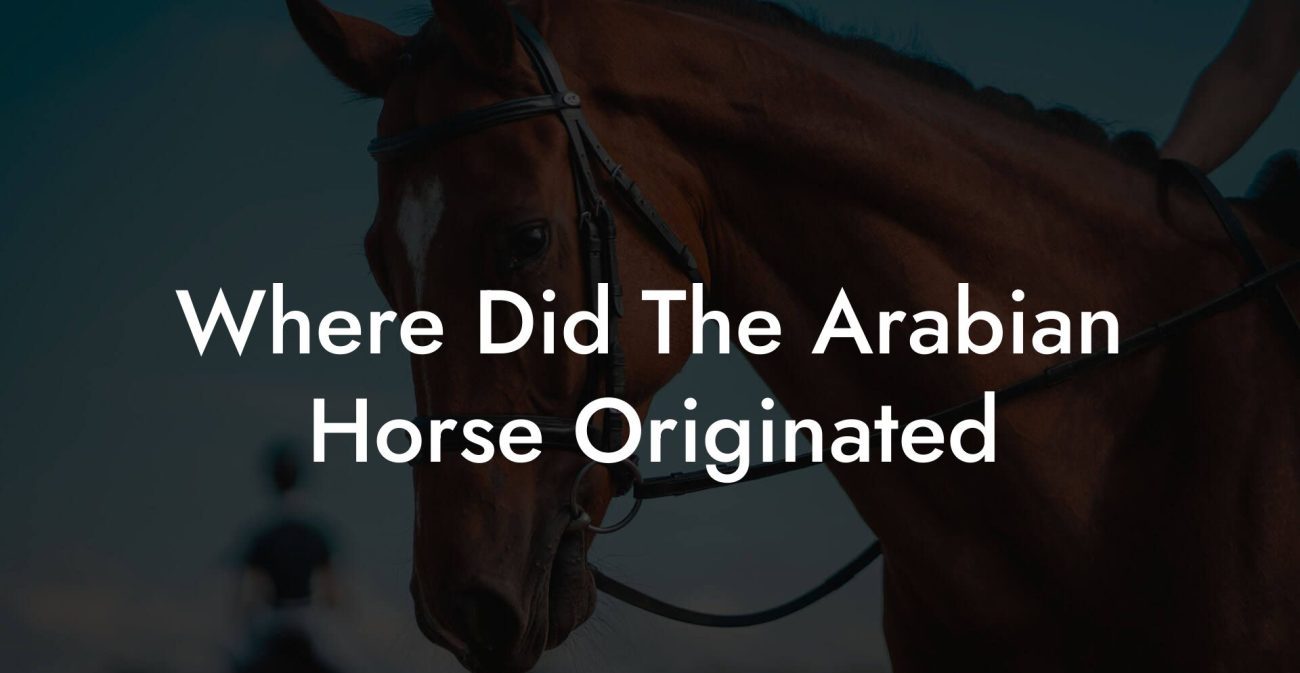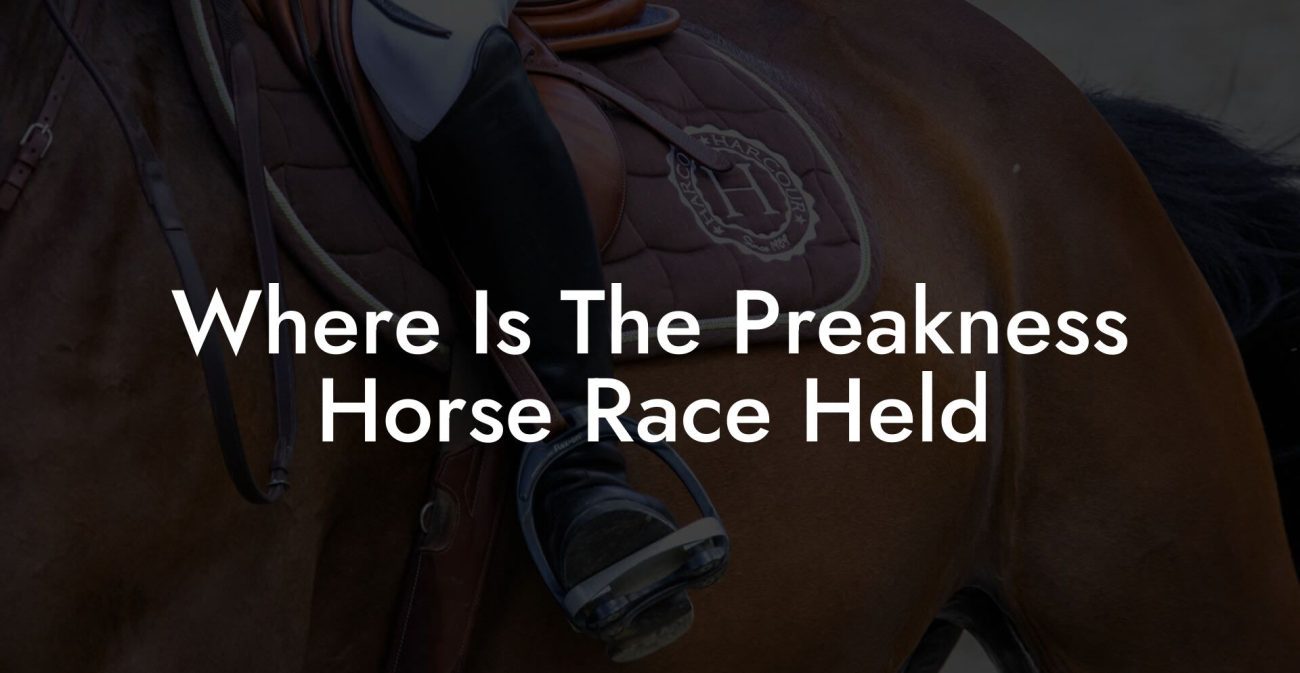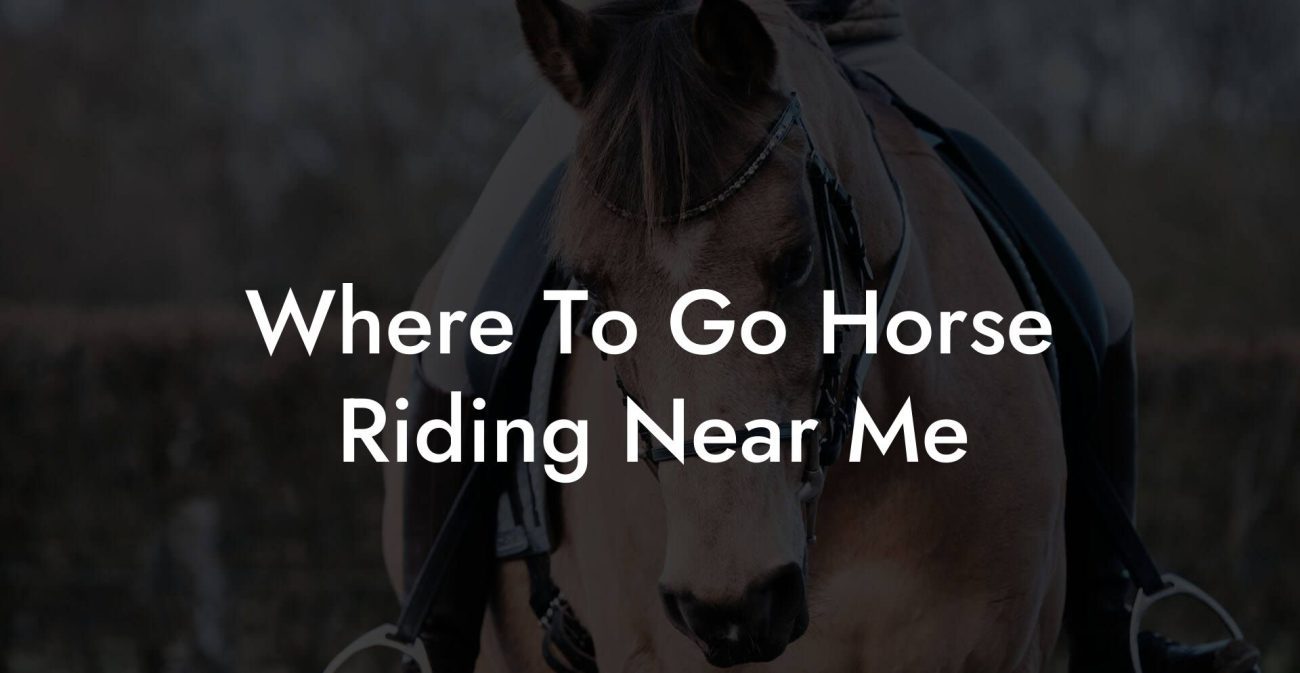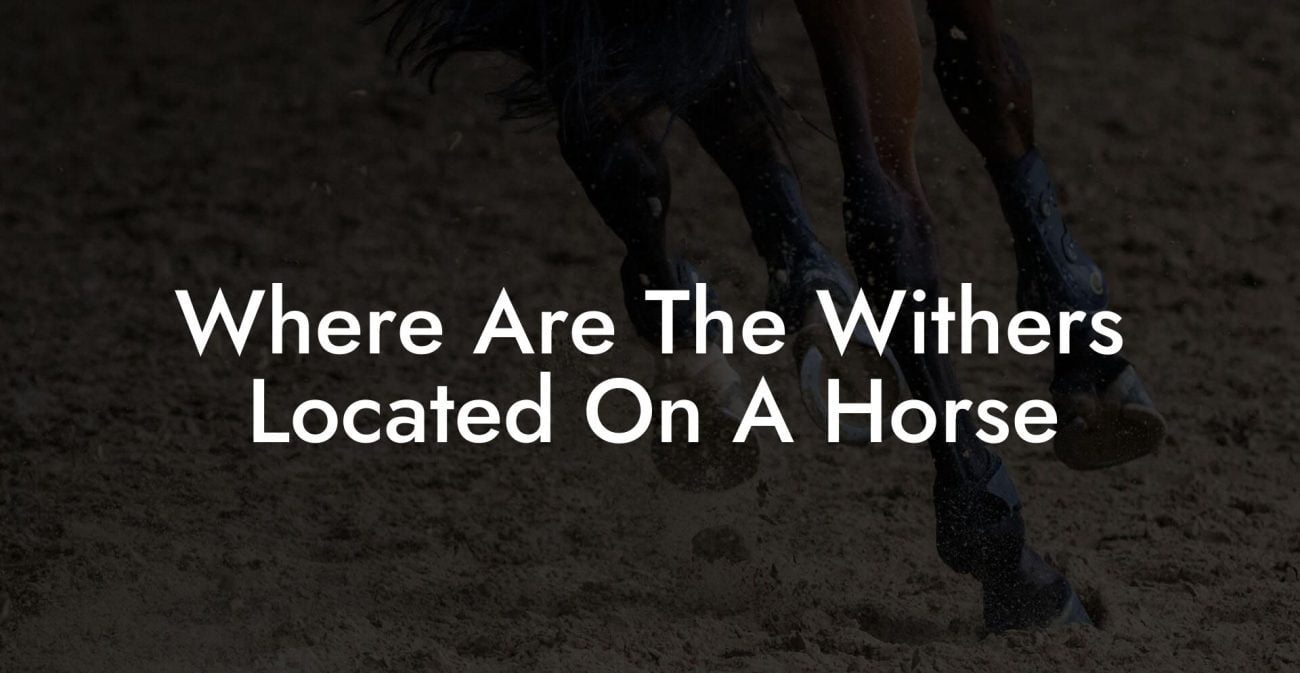There’s something undeniably cool about the quirky move of the chess knight, often called the “horse”, that mirrors the unpredictable spirit of life itself. Whether you’re a chess newbie wondering why the horse always moves in that peculiar L-shape, or an equestrian enthusiast keen to care for your very own real-life steed, you’ve landed in the right place. This comprehensive guide dives deep into both worlds: demystifying the knight’s leaps and exploring modern, relatable tips on horse care. Get ready for a wild ride where chess strategy meets equine expertise, all served with a generous dose of humor and authenticity that resonates with the Gen-Z and millennial mindset.
Quick Links to Useful Sections
- The Mystique Behind the Knight's L-Shaped Move
- Breaking Down the Chessboard: Where Exactly Can the Horse (Knight) Move?
- Historical Tidbits: The Horse in Chess and Its Legendary Past
- Connecting the Dots: Chess Tactics Meet Real-Life Horse Care
- Mastering the Knight’s Journey: Advanced Chess Strategies
- Outpost Domination
- Forking: The Ultimate Tactical Surprise
- Outmaneuvering with Mobility
- Bridging Two Worlds: Essential Equine Care Tips for the Modern Horse Owner
- Understanding Your Horse’s health and Behavior
- Nutritional Strategies for Peak Performance
- Stabling and Exercise: The Right Environment for Growth
- Preventive Care and Routine Check-ups
- Embracing Technology: Digital Tools for Both Chess Strategy and Horse Care
- Chess Apps and Online Platforms
- Wearable Tech and Health Monitoring for Horses
- Mobile Apps for Schedule Management
- Case Studies: Real-Life Success Stories from the Chessboard and the Stable
- Case Study 1: The Knight Who Changed the Outcome
- Case Study 2: Revitalizing a Veteran Performance Mare
- Case Study 3: The Perfect Balance of Strategy and Care
- Building Your Personalized Game Plan: Chess Mastery and Equine Excellence
- Step 1: Self-Assessment and Goal Setting
- Step 2: Research and Gather Tools
- Step 3: Integrate Practice and Routine
- Step 4: Monitor, Evaluate, and Adapt
- Integrative FAQs: Bridging Chess Tactics and Equine Care
- Resources and Community Support: Your Next Steps
- Online Chess Communities and Learning Platforms
- Equine Care Networks and Forums
- Local Clubs and Workshops
- Books and Online Courses
- Your Journey to Masterful Chess and Equine Excellence
The Mystique Behind the Knight's L-Shaped Move
In the realm of chess, the knight, depicted as a galloping horse, stands apart from the rest, thanks to its unique L-shaped move. Unlike any other piece on the board, the knight’s ability to hop over other pieces can turn the tide of a game in the blink of an eye. But what exactly are the mechanics of its move, and how can understanding this quirky pattern open up new strategic possibilities in your gameplay?
Unlike the rooks that slide straight down the rank or the bishops that race diagonally, the knight moves in an “L” pattern: two squares one way and then one square perpendicular to that direction, or vice versa. This means it can access squares that might seem out of reach for any other piece. Because of this movement, the knight is capable of delivering forks, threats to two or more enemy pieces simultaneously, that can force your opponent into making tough defensive choices.
The strategic genius of the knight lies not just in its movement, but in its timing. A well-placed knight can control the board, support an offensive strategy, or serve as a surprise defensive guardian when enemy pieces overextend. For many millennials and Gen-Z players, mastering this seemingly erratic movement translates into a deeper understanding of chess tactics and game dynamics.
Breaking Down the Chessboard: Where Exactly Can the Horse (Knight) Move?
Let’s break it down in a language that speaks to anyone who’s ever had a “eureka” moment over a chessboard (or, let’s face it, sometimes even a horse that really dodges the barn door). When positioned at the center of an empty board, the knight has up to eight possible moves. But on the edges or in the corners, its options dwindle dramatically. This spatial nuance requires players to be extra thoughtful about the knight's placement from the very start of a game.
To sum it up, here’s a quick cheat sheet on knight moves:
- Central Dominance: When in the center of the board, the knight controls 8 squares, making it a veritable powerhouse.
- Edge Effects: Near the board’s edge, a knight’s coverage drops to 4–6 squares, meaning it’s less flexible and, perhaps, less threatening.
- Corner Conundrums: In the corner, the knight’s options shrink to just 2 squares, reminding you that sometimes the best strategy is to avoid being cornered yourself.
Understanding these move possibilities helps players use the knight effectively, not just as a tactical piece, but as a tool of control and disruption. When you learn to envision the board in terms of squares under your knight’s potential surveillance, you begin to appreciate the blend of art and science that is chess.
For those of you who find the idea of counting squares a bit too arithmetic for your taste, think of it as planning the perfect selfie angle: you have to know how far you can stretch and still capture the best shot, without cutting out an important part of the frame!
Historical Tidbits: The Horse in Chess and Its Legendary Past
The knight piece did not just pop up as a quirky, abstract block on the board, it has a rich history steeped in medieval lore and chivalry. Representing a noble steed, the knight was originally a symbol of honor, bravery, and tactical prowess. In medieval times, knights were the celebrities of the battlefield, celebrated for their gallantry and distinctive battle techniques.
This historical parallel adds a layer of cultural significance to every move you make with your knight. When you slide that piece into a fork, you’re not just playing chess; you’re echoing the strategies of legendary cavalry charges and wartime heroics. Every L-shaped move harkens back to a time when knights roamed the lands, combining skill, unpredictability, and a flair for dramatic rescues.
It may seem odd, but in a way, studying the knight’s moves can also be seen as paying homage to the historical art of horsemanship. In both cases, whether escaping aggressive opponents on a chessboard or caring for a real horse with gentle rigor, the mastery comes from understanding movement, balance, and strategy. It’s a delightful fusion of modern tactics and time-honored tradition.
Connecting the Dots: Chess Tactics Meet Real-Life Horse Care
Now, here’s where things get extra interesting. While the chess knight may be a small, abstract figure, it symbolizes something much bigger to equine enthusiasts, a tribute to the real-life horses that have been humanity’s loyal companions for centuries. Caring for a horse, much like mastering a chess knight’s moves, requires vision, precision, and a thorough understanding of both subtle cues and dynamic movements.
Modern horse care is an art in itself, blending scientific advancements with age-old practices. Whether you’re caring for a spirited racehorse or a gentle companion on a family farm, many of the strategies used in the chessboard have surprising parallels in the stables. Just as a well-placed knight can control key areas of the board, so can a well-cared-for horse become a cornerstone of physical, emotional, and even competitive performance.
In this section, we invite you to explore the essential intersections between chess strategy and equine care, discovering how planning, movement, and balance in one arena can inspire and inform best practices in the other.
Mastering the Knight’s Journey: Advanced Chess Strategies
For the serious chess aficionado, the knight isn’t just another piece, it’s a tactical secret weapon that demands advanced mastery. Here are some cutting-edge strategies to maximize your knight’s potential on the board:
Outpost Domination
An outpost is a square controlled by your knight that cannot be easily challenged by your opponent. Establishing a knight in an outpost near the center can be a game-changer, as it serves as a launchpad for attacks on key enemy pieces. Positioning your knight in such a spot on the board promotes offensive momentum and forces your opponent into a reactive stance.
Forking: The Ultimate Tactical Surprise
One of the knight’s most feared tactics is the fork, a move that simultaneously threatens two or more enemy pieces. Imagine your knight galloping into the fray and threatening both the queen and a rook at the same time. It's like delivering a knockout punch in the middle of a boxing match; the opponent rarely knows what hit them.
Outmaneuvering with Mobility
The knight’s ability to jump over obstacles makes it exceptionally mobile, providing unique opportunities for repositioning. Use this to your advantage by launching unexpected counter-attacks or switching between defense and offense in a split second. The art of knight maneuvering is all about timing and foresight, a true test of your strategic acumen.
These advanced techniques require practice and a deep understanding of board dynamics. Over time, you’ll learn to visualize the potential of every knight move, turning what once seemed like a simple L-shape into a dynamic tool for board domination.
Bridging Two Worlds: Essential Equine Care Tips for the Modern Horse Owner
Just as a chess knight needs careful maneuvering to maximize its impact on the board, keeping your real-life horse in top shape calls for a blend of attention, expertise, and a little bit of creativity. Here are some practical, down-to-earth tips for anyone invested in equine care:
Understanding Your Horse’s health and Behavior
Every horse is unique, with its own personality and physical needs. Observing your horse closely is the first step to effective care. Notice if your horse shows signs of discomfort, changes in eating habits, or irregularities in movement. Much like scouting the chessboard for weaknesses, keen observation can prevent minor issues from developing into major health problems.
Nutritional Strategies for Peak Performance
What you feed your horse plays a crucial role in its performance and overall health. A balanced diet should include high-quality forage, grains, and a carefully measured amount of supplements. Think of your horse’s diet as fuel that powers a well-oiled chess machine, without the right nutrition, even the most strategic maneuvers can fall flat.
Stabling and Exercise: The Right Environment for Growth
Just as a chess piece needs a well-maintained board, your horse thrives in an environment that promotes physical activity and comfort. Regular exercise, whether through riding, turnout time, or structured training sessions, keeps your horse agile and prevents the onset of stiffness or injury. A properly designed stable with ample space, good ventilation, and comfortable bedding provides the foundation for your horse’s well-being.
Preventive Care and Routine Check-ups
Regular veterinary check-ups, dental care, and hoof maintenance are the cornerstones of long-term equine health. Scheduling preventive care is akin to reviewing your chess strategy before a big tournament, it ensures you stay ahead of potential issues. Familiarize yourself with basic first aid and emergency protocols to be prepared for any unexpected twists in your horse’s journey.
By integrating these equine care habits into your daily routine, you not only safeguard your horse’s health but also strengthen the bond you share. A healthy, happy horse mirrors the efficiency of a well-coordinated chess knight: nimble, reliable, and ready to seize any opportunity.
Embracing Technology: Digital Tools for Both Chess Strategy and Horse Care
In our fast-paced, digitally driven world, harnessing technology can elevate your skills, whether you’re fine-tuning your chess strategies or ensuring your horse is living its best life. Here are a few modern tools transforming both domains:
Chess Apps and Online Platforms
Chess enthusiasts can now access interactive tutorials, AI-driven analysis, and simulated tournaments at the click of a button. Platforms like Chess.com, Lichess, and various mobile apps provide insight into the nuances of knight moves, positioning tactics, and overall game theory. With video tutorials, guided challenges, and personalized training, you can significantly improve your gameplay by understanding every twist and turn of the knight’s extraordinary path.
Wearable Tech and Health Monitoring for Horses
Equine care, too, has embraced the digital revolution. From smart halters that monitor heart rate and movement to temperature sensors and GPS trackers, technology now plays a pivotal role in ensuring your horse remains healthy and active. Data collected from these devices can help you tailor exercise routines, detect early signs of injury, and manage overall fitness. It’s like having a chess engine that constantly analyzes your horse’s performance, providing insights that drive better decisions.
Mobile Apps for Schedule Management
Managing a busy schedule of training sessions, veterinary check-ups, and strategic chess practice can be a challenge. Mobile apps designed for equestrians and chess enthusiasts alike help track progress, set reminders, and even organize community events. With these digital tools, staying on top of both your chess tactics and horse care routines has never been easier.
The integration of tech into traditional practices not only optimizes performance but also speaks to a modern, holistic approach that values sustainability, efficiency, and continuous learning, whether on the chessboard or in the stables.
Case Studies: Real-Life Success Stories from the Chessboard and the Stable
Nothing illustrates the effectiveness of a smart, integrated approach better than real-life examples. Here are some inspiring case studies that showcase breakthroughs both in mastering the knight’s movement and in achieving exemplary horse care.
Case Study 1: The Knight Who Changed the Outcome
Alex, a young chess enthusiast with a penchant for unconventional strategies, struggled to find consistency with his knight moves early on. After studying advanced tactics and analyzing historical matches, Alex began to view his knight not as a mere piece but as a dynamic, multipurpose tool. By experimenting with outpost positioning and forking techniques, he turned previously precarious situations into winning opportunities. Alex’s breakthrough not only improved his tournament standings but also ignited a passion for teaching others the beauty of the knight’s unique move.
Case Study 2: Revitalizing a Veteran Performance Mare
On the equine front, Bella, a seasoned performance mare, had been showing signs of stress, stagnation in training, and subtle signs of discomfort. Her owner, Jenna, decided to take a modern, holistic approach to Bella’s care. Incorporating daily movement routines, nutritional improvements, and cutting-edge wearable technology, Jenna transformed Bella’s overall health and vitality. With regular check-ups and a stress-aware management system, Bella not only returned to peak performance but also became more spirited and responsive during competitions. This inspiring journey proved that when you blend traditional care with modern insights, the results are truly remarkable.
Case Study 3: The Perfect Balance of Strategy and Care
Marcus, an avid chess player and part-time equestrian, found that balancing his passion for the game with the responsibilities of horse ownership was a tough challenge. Instead of compartmentalizing these interests, he began drawing parallels between the strategic thinking required in chess and the careful planning needed for horse care. Marcus used digital scheduling tools to manage his training sessions for both his chess skills and his horse’s routine. Gradually, he built a sustainable rhythm that allowed him to excel on both fronts. His success story underscores the power of integrating diverse passions through careful planning, strategic insight, and a holistic mindset.
These case studies reveal that whether you’re strategizing on the chessboard or tending to a beloved horse, informed decisions, adaptability, and a willingness to embrace both tradition and innovation are key to success.
Building Your Personalized Game Plan: Chess Mastery and Equine Excellence
Crafting a winning strategy in chess or developing a robust care plan for your horse requires personalization and dedication. Here’s how to create a tailored plan that encompasses both arenas:
Step 1: Self-Assessment and Goal Setting
Whether you’re analyzing your current chess strategies or evaluating your horse’s health, begin with a comprehensive self-assessment. Identify areas for improvement and set clear, achievable goals. In chess, it might mean mastering specific knight maneuvers; in equine care, it could involve optimizing your horse’s diet or exercise regimen.
Step 2: Research and Gather Tools
Equip yourself with the latest insights and resources. For chess, dive into strategy guides, online tutorials, and interactive apps. For horse care, consult with veterinarians, subscribe to equine health blogs, and explore modern tech tools like wearable devices. The more informed you are, the better your plan will be.
Step 3: Integrate Practice and Routine
Consistency is critical. Create a daily schedule that fits in tactical chess practice sessions along with dedicated time for equine care. Use digital calendars or mobile apps to keep track of your progress and ensure you’re balancing both passions optimally.
Step 4: Monitor, Evaluate, and Adapt
The best strategies evolve over time. Keep a journal to record your chess breakthroughs and note any changes in your horse’s behavior, health, and performance. Regular evaluations with a chess mentor or equine expert can help fine-tune your approach.
Remember, the objective is to create a dynamic plan that nurtures growth in both your gaming prowess and your areas of horse care. Adaptability and persistence will carry you through every challenge, making each L-shaped move or daily grooming session a stepping stone to greater achievement.
Integrative FAQs: Bridging Chess Tactics and Equine Care
We’ve collected some of the most frequently asked questions on the overlapping themes of chess knight moves and real-life horse care to address your curiosities and concerns.
1. Why is the chess knight’s move considered unique?
The knight’s unique L-shaped move, which allows it to jump over other pieces, provides strategic flexibility and the ability to control key areas of the board that other pieces cannot easily reach.
2. How can mastering knight moves improve my overall chess game?
Mastering knight moves enables you to deliver tactical forks, control central squares, and set up complex positional strategies that can put your opponent at a disadvantage.
3. What are some common mistakes when using the knight?
One common mistake is placing the knight on the edge or in the corner where its influence is limited. Another is failing to coordinate it with the rest of your pieces, diluting its potential impact.
4. How does the art of caring for a horse relate to chess strategy?
Both fields require attention to detail, strategic planning, and a deep understanding of subtle cues. Just as proper knight placement can make or break a chess game, diligent horse care ensures balance, health, and peak performance.
5. What modern tools are available for improving chess tactics?
Numerous chess applications, online platforms, and AI-driven analysis tools help you refine your knight techniques and overall strategy.
6. Are there digital tools available for equine care?
Yes, from smart halters that monitor movement to mobile apps that track health and performance, technology is revolutionizing the way we care for our horses.
7. How should I balance chess practice with daily horse care routines?
Time management is key. Integrate both into your daily schedule, set aside designated time slots for chess study and equally important routines for equine care and exercise.
8. Can the skills learned from chess improve decision-making in horse care?
Absolutely. Both require critical thinking, adaptability, and proactive planning, skills that complement each other well.
9. Is there a community that supports both chess enthusiasts and horse care aficionados?
Indeed. Many online forums, social media groups, and local clubs exist where members share experiences and tips across both domains.
10. How do I start if I’m new to either world?
Start with the basics: learn the knight’s moves through tutorials and begin with simple horse care routines, such as establishing a feeding and grooming schedule. Gradually, as you build competence, merge your passions for a holistic lifestyle.
Resources and Community Support: Your Next Steps
Whether you’re set on conquering your next chess tournament or ensuring your horse gallops toward peak health, the journey never has to be a lonely one. Here are some invaluable resources and community hubs that cater to the savvy, multi-passionate individual:
Online Chess Communities and Learning Platforms
Join forums like Chess.com, Lichess, or Reddit’s r/chess where strategies are dissected, game analyses are shared, and friendly rivalries spark lifelong friendships. Explore video tutorials on YouTube or subscribe to podcasts that provide fresh perspectives on mastering elusive knight moves.
Equine Care Networks and Forums
Look for dedicated equine care websites and social media groups where professionals and enthusiasts exchange tips on nutrition, grooming, and training. Platforms like The Horse, Equine World UK, and various Facebook groups offer a blend of expert advice and anecdotal experiences that cater to today’s modern horse owner.
Local Clubs and Workshops
Many cities host local clubs that cover both chess meet-ups and equestrian events. Participating in workshops, seminars, or even casual meet-ups can help you stay updated on the latest trends and best practices in both worlds. These communities are treasure troves for networking, mentorship, and inspiration.
Books and Online Courses
There are plenty of curated resources that offer in-depth knowledge on chess strategy and horse care. Whether you prefer the tactile joy of reading or the flexibility of online video courses, investing in education will always pay off. Combine classics on chess tactics with modern guides on equine nutritional science to keep your skills razor-sharp.
By tapping into these resources and joining like-minded communities, you can continue your journey informed, inspired, and equipped with the tools to excel, both on the board and in your barn.
Your Journey to Masterful Chess and Equine Excellence
The harmonious blend of chess tactics and horse care may seem like an unexpected couple at first glance. However, when you peel back the layers, you’ll notice that both pursuits boil down to passion, strategy, and an unyielding commitment to mastery. Learning where the chess knight can move, and why it moves that way, parallels the care and understanding needed when nurturing a real horse.
Every move on a chessboard has a ripple effect, much like every decision in horse care impacts your companion’s well-being. It’s about staying one step ahead, embracing unpredictability, and constantly evolving to meet new challenges. Whether you’re calculating an L-shaped jump in a high-stakes match or preparing a nutritionally balanced meal for your horse, the underlying philosophy is the same: balance, foresight, and care.
As you leave this guide, take with you a renewed sense of purpose, armed with the knowledge to make your next knight move a tactical masterpiece and your next grooming session a joyful ritual. The paths of chess and equine care might be distinct, but they converge in the quest for excellence, resilience, and a life well-lived.
Embrace each challenge with a confident stride, whether on a checkered battlefield or in a sunlit stable, and know that every great journey begins with understanding the basics. Your journey toward masterful chess moves and exemplary horse care is just beginning. Let every L-shaped leap and every grooming ritual be a tribute to your unwavering commitment to excellence.
So, keep challenging the norm, innovate your strategy, and remember that both on the chessboard and in life, the smallest moves can lead to game-changing victories. Your journey is uniquely yours, celebrate the process, learn from every setback, and gallop confidently toward a future where every move matters.













